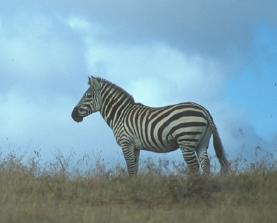
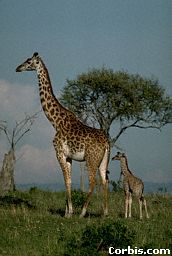
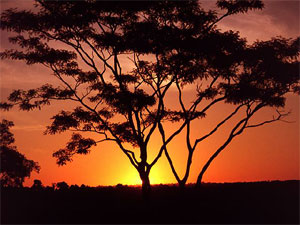
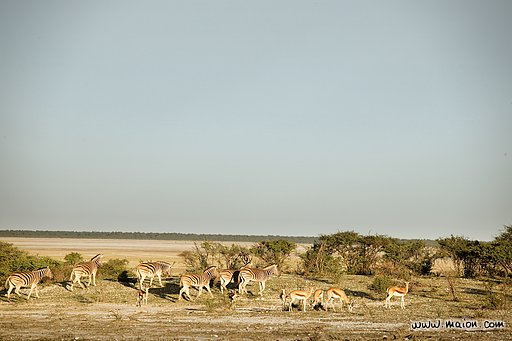
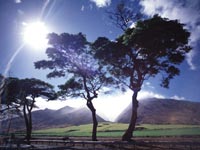
INTRODUCTION
This site will tell you about the following:
- Climate
- Vegetation
- Animals

CLIMATE
CLIMATE
The climate in the Savannah stays about the same from month to month. It never gets very warm and most of the time it doesn't get below freezing. In July the temperature was 17.9 degrees celsius and in December of that same year it was 22.4 degrees celsius. The rainfall each month varies, sometimes the savannah gets a large amount of rain and sometimes it gets very little. For example in June and July 5.1 inches of rain fell and in April 40.1 inches fell.
VEGETATION
In the Savannah there are not many plants or trees. The two major trees are palm and acacias. There are a few wild fruit trees and the rest of the land is grassland. The trees are spreadout throughout the grasslands. There is never bunches of trees or trees in a group. Grasses and small plants dominate the Savannahs, and tree growth is sparse only in areas of deep soil, or where cracks in the surface hardpan and permit tree roots to reach down to the meager water table.
The umbrella like acacias are very typical of African savannahs. They are a very important species for many animals since they provide additional food and some scant shade for animals. Palm trees are also very important since they offer some shelter and food. The birds and other animals eat off of the wild fruit trees.
Tree growth is so sparse because it rains only once in awhile and the soil soaks it up fast and then there's no more rain for the rest of the year.
ANIMALS
The animals of the savannah we would most commonly recognize are from the large herbivore group which are: giraffe, zebra, antelope, water buffalo, kangaroo, cheetah, rino, hippo, monkey, lion, warthog, dwarf antelope, bearded lizard, baboon, kookabura, ostriech, and hyena.
The animals from the burrowing animals group we would most likely recognize are mice, gophers, and ground squirrels.
The large herbivores we most likely wouldn't recognize are kudi, pryx, margay, capibara, tapir, a brindled gnu, which eat plants and live on grasslands and open woodlands. A kenya impala is an animal which can jump 10 feet high and 30 feet forward. The kilpspringer walks on the tips of its hooves which would be like us walking on the tips of our toenails. These are most of the animals of the Savannah.
 
|